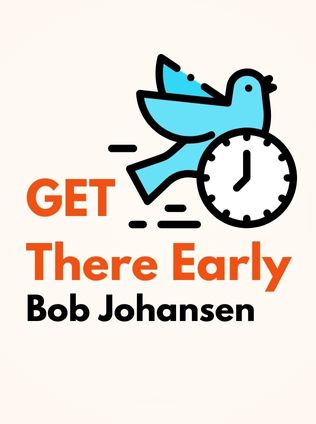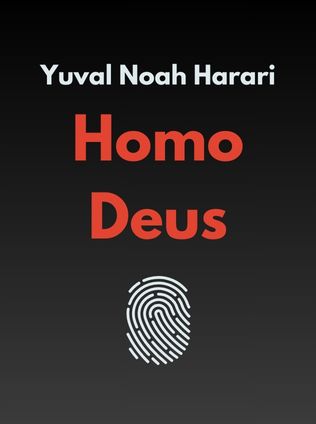
Get There Early
Sensing the Future to Compete in the Present
By Bob Johansen
Published 08/2007
About the Author
Bob Johansen is a distinguished fellow and former president and CEO of the Institute for the Future (IFTF), where he served from 1996 to 2004. He holds a Ph.D. from Northwestern University and has been deeply involved in the field of future forecasting for decades. His work focuses on helping organizations anticipate and prepare for the future through innovative forecasting techniques and methodologies. Johansen's expertise and insights have made him a sought-after speaker and consultant in various industries.
Main Idea
"Get There Early: Sensing the Future to Compete in the Present" by Bob Johansen explores the importance of forecasting in today's volatile, uncertain, complex, and ambiguous (VUCA) world. Johansen emphasizes that leaders need to sense and make sense of future trends to stay ahead of the curve. Through various forecasting methodologies, he demonstrates how organizations can navigate the complexities of modern business environments and turn potential challenges into opportunities. The book highlights the critical distinction between problems and dilemmas and offers strategies for dealing with each effectively.
Table of Contents
- Thinking 10 Years Ahead to Benefit Today
- Institute for the Future's 10-Year Forecast
- The VUCA World
- What's Different About Dilemmas?
- It Takes a Story to Understand a Dilemma
- Immersion
- Sensing and Sensemaking
- From Insight to Action
- Flexing and Flexibility
- Foresight from Hindsight
Thinking 10 Years Ahead to Benefit Today
Forecasting, according to Johansen, is akin to mental fitness practice. It prepares leaders to think ahead and devise strategies that are resilient and forward-looking. At the IFTF, several methodologies are employed to develop forecasts:
- Expert Opinion Aggregation: Identifying who has the best understanding of future possibilities.
- Expert Workshops: Engaging diverse groups of experts in discussions and brainstorming sessions.
- Content Synthesis: Integrating forecasts from various sources to form a coherent view.
- Historical Analog: Drawing lessons from the past to inform future scenarios.
- Scenarios: Creating stories that bring future possibilities to life.
- Survey Research: Using questionnaires and interviews to gather data on future attitudes.
- Ethnography: Exploring cultural and societal values to understand future trends.
- Visualization: Using visual aids to make forecasts more tangible and understandable.
- Artifacts from the Future: Creating imagined objects that illustrate future possibilities.
These methodologies provide a robust framework for leaders to anticipate and adapt to future changes. However, Johansen cautions against taking any methodology too seriously, emphasizing the need for a flexible and adaptive approach to forecasting.
Institute for the Future's 10-Year Forecast
The IFTF's 10-Year Forecast identifies seven key directions of change that will shape the future:
Sign up for FREE and get access to 1,400+ books summaries.
You May Also Like
The Lean Startup
How Today's Entrepreneurs Use Continuous Innovation to Create Radically Successful Businesses
By Eric RiesWho Moved My Cheese?
An Amazing Way to Deal with Change in Your Work and in Your Life
By Spencer Johnson, M.D.Make Your Bed
Little Things That Can Change Your Life...And Maybe the World
By William H. McRavenThe Ride of a Lifetime
Lessons Learned from 15 Years as CEO of the Walt Disney Company
By Robert Iger



















